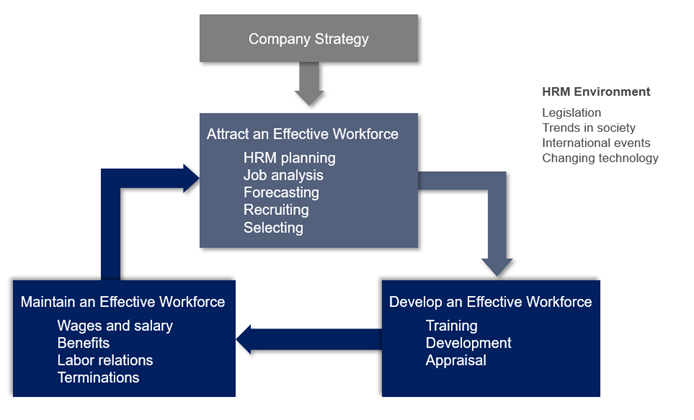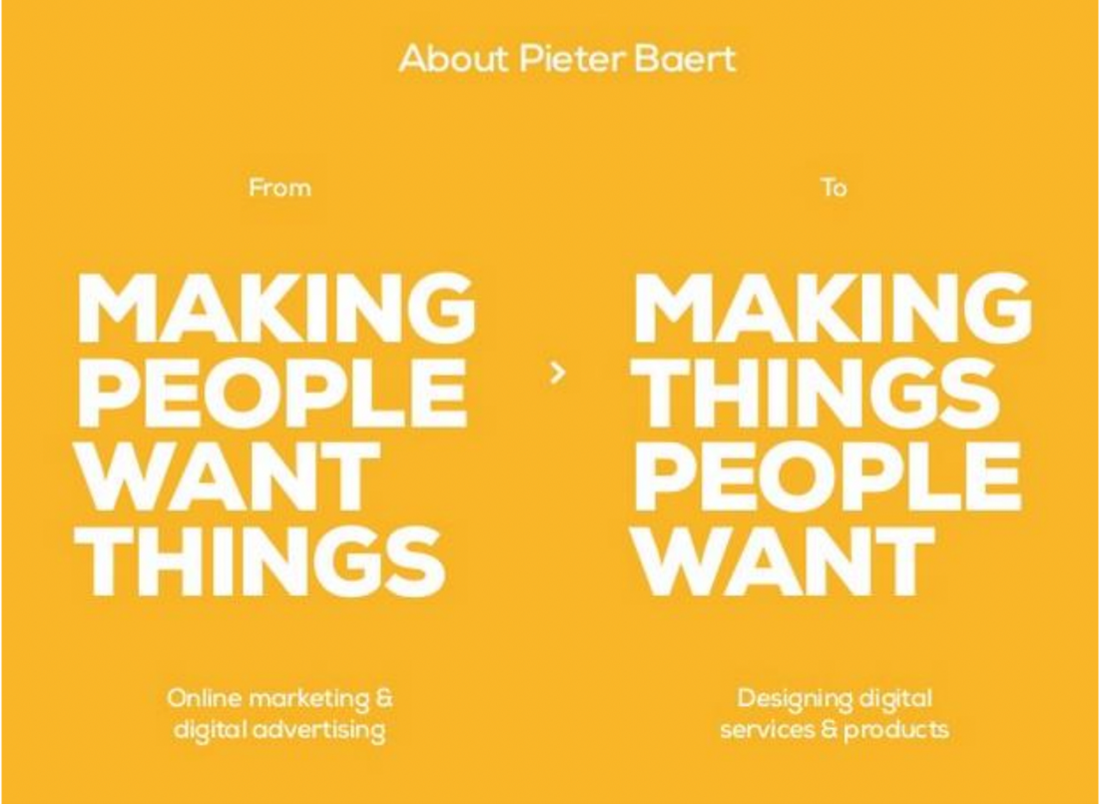MIPLM 2023 – 5th Module: Design thinking and meaningful innovation
The 5th module of the MIPLM program deals with human resource management (HRM), leadership and management control systems. The digital transformation is the next evolution level of industry. Companies demand a digitally adapted new kind of leadership and strategy. The digital transformation has brought about a huge number of growth opportunities as well as unprecedented challenges. For example, it has redefined the boundaries between partners and competitors. In many industries the digital transformation has lowered the barriers to entry, making it easier for newcomers from other industries and with different technologies to compete, often more aggressive and lively.
 The digital transformation initiates great challenges for leaders of business organizations who now have to deal with disruptive changes in the commercial scenario, with data-driven decision making, as well as with new ways of crowd-based working; and with a workforce with omnipresent access to information and establishing new ways of communication. In this module, we discussed leaders’ perspectives on these digitalization-driven developments. Leaders, as the focus of our analysis, discuss environmental changes of leadership as well as updated practices of leaders’ communication with their followers. In addition, we discussed leaders’ self-reported context dependence of their individual leadership styles. The lecture contributed to a more integrative view of the interaction of digitalization and leadership and to the thinking on whether the assumptions of leadership theories of the era previous to the internet are still valid.
The digital transformation initiates great challenges for leaders of business organizations who now have to deal with disruptive changes in the commercial scenario, with data-driven decision making, as well as with new ways of crowd-based working; and with a workforce with omnipresent access to information and establishing new ways of communication. In this module, we discussed leaders’ perspectives on these digitalization-driven developments. Leaders, as the focus of our analysis, discuss environmental changes of leadership as well as updated practices of leaders’ communication with their followers. In addition, we discussed leaders’ self-reported context dependence of their individual leadership styles. The lecture contributed to a more integrative view of the interaction of digitalization and leadership and to the thinking on whether the assumptions of leadership theories of the era previous to the internet are still valid.
A word about design thinking
Design thinking started out as a process for creating sleek new technology and products. But this methodology is now widely used across both the private and public sectors, for business and personal projects, all around the world.
It´s an approach to solving design problems by understanding users‘ needs and developing insights to solve those needs. When taken to its fullest, it´s as much a mindset as a process, and only through contact, observation & empathy with end-users you can hope to design solutions that fit into their environment.

Key elements of design thinking:
1 . People centered: You start with what people, users, customers, consumers etc. need or want to do. Think about their motivation and what they are trying to solve.
2 . Highly creative: Design thinking stimulates you to look at situations differently and come up with new solutions that go beyond and improve existing alternatives. The key is thinking in an integrative way. One needs to have the ability to look at all the different aspects of a problem.
3 . Hands on: Stop discussing and start working, think with your hands. It´s important to know that failure is part of the process and experiments with trial and error are key.
4 . Iterative: It´s not a straight road that leads to success. The more you can loop through the “understand – learn – create” cycle, the higher chance you have for results.
Design thinking is a process for solving problems by prioritizing the consumer’s needs above all else. It relies on observing, with empathy, how people interact with their environments, and employs an iterative, hands-on approach to creating innovative solutions.
Design thinking is “human-centered,” which means that it uses evidence of how consumers (humans) actually engage with a product or service, rather than how someone else or an organization thinks they will engage with it. To be truly human-centered, designers watch how people use a product or service and continue to refine the product or service in order to improve the consumer’s experience. This is the “iterative” part of design thinking. It favors moving quickly to get prototypes out to test, rather than endless research or rumination.
From the design perspective, innovations have one thing in common: they simplify life for their users. They reduce complexity to a manageable level and a comprehensible order. Design methods help create simplicity and separate the important from the unimportant. In this way, they help us to reduce complexity to a level that can be processed by humans.
To strive for this reduction, however, is much easier said than done. This is because chaotic challenges arise between complicated technology, underlying business conditions and the human context – the users of innovations. These challenges have to be transformed into clearly demarcable, reorganized systems. Our work as designers is to search the confusing chaos of expectations, requirements and processes for patterns that make their reduction possible. The result of creative work here is recognition, not addition. Good design reduces the complexity of our world. It organizes, it summarizes and thus creates innovations that make chaos more bearable. And that is hard work.
Meaningful innovation should ultimately make an impact at all three of these levels:
- the technological one, which aims at a meaningful and sustainable use of technology;
- the human dimension, in which the wishes and problems of users are identified and/or solved in the long term;
- and finally the business level, at which suitable business models make a company’s idea economically successful and enhance its diffusion.
Interested in diving deeper? Join our Master program – read more about it HERE.



